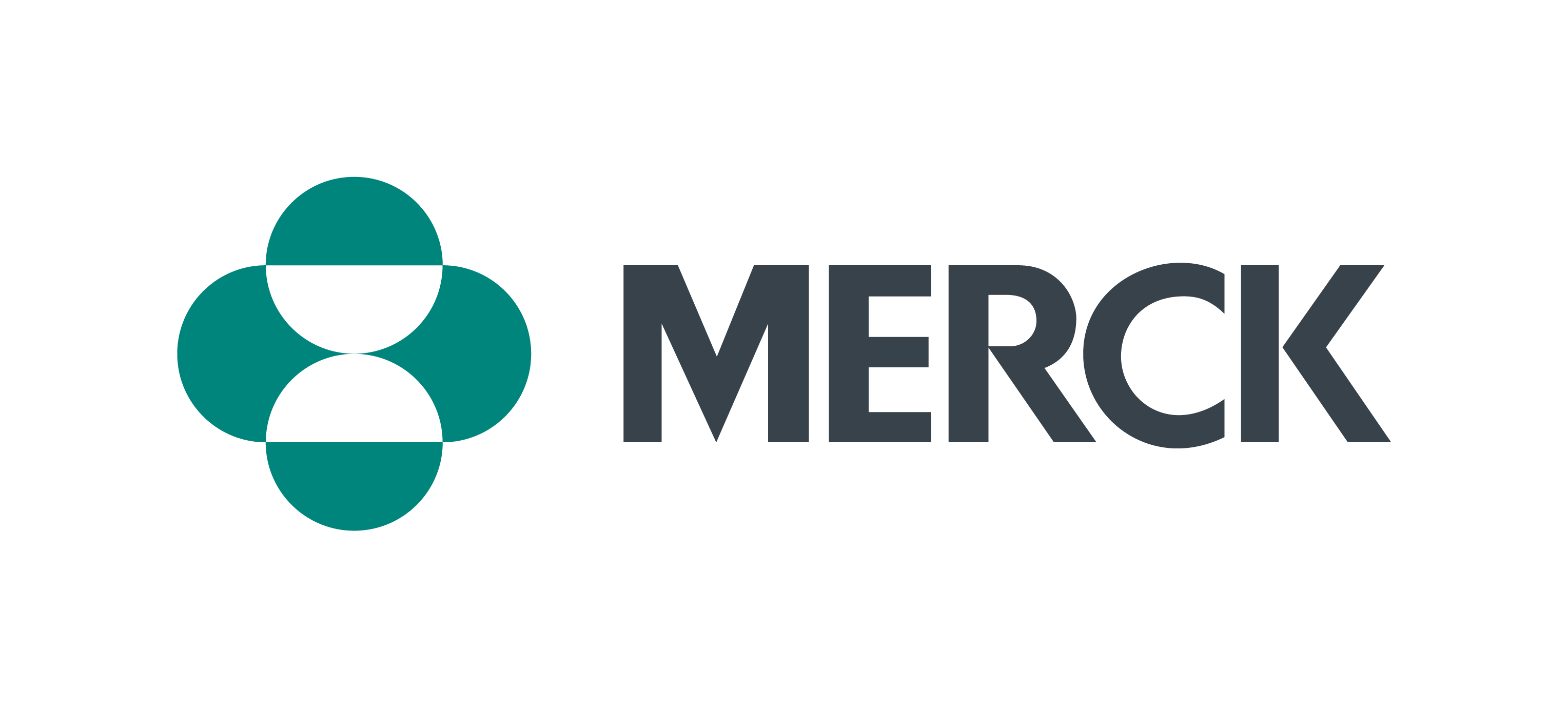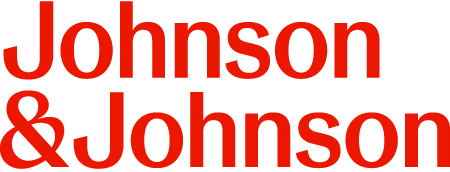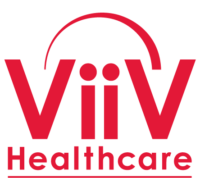Biomedical HIV Prevention Summit 2025
The 9th Biomedical HIV Prevention Summit hosted by NMAC will be held in Atlanta, GA, from April 10 to 12, 2025.
The 2025 Biomedical HIV Prevention Summit’s agenda converges innovation with the continued need to connect the HIV workforce with effective solutions that increase access for communities of color.
Agenda
Thursday April 10, 2025
| 9:00 am - 4:00 pm | Pre-Conference |
| 12:00 pm – 5:00 pm | Registration |
| 3:00 pm(?) – 5:00 pm | Exhibit Hall Open (may open earlier) |
| 5:00 pm – 6:30 pm | Opening Plenary |
| 6:30 pm – 8:00 pm | Welcome Reception |
Friday April 11, 2025
| 7:00 am – 4:00 pm | Registration |
| 8:30 am – 10:00 am | Innovation in Action-Exhibit Hall |
| 10:00 am – 4:00 pm | Exhibit Hall Open |
| 10:10 am – 10:25 am | Community Corner |
| 10:30 am – 12:00 pm | Session 1 Workshops |
| 12:00 pm – 1:00 pm | Lunch |
| 12:05 pm – 12:20 pm | Community Corner |
| 12:25 pm – 12:40 pm | Community Corner |
| 12:45 pm – 1:00 pm | Community Corner |
| 1:00 pm – 2:30 pm | Afternoon Plenary |
| 2:45 pm – 4:15 pm | Session 2 Workshops |
| 4:30 pm - 6:00 pm | Session 3 Workshops |
| 6:30 pm – 7:30 pm | Affinity Sessions |
Saturday April 12, 2025
| 8:30 am -10:00 am | Morning Plenary/PrEPpy Awards |
| 10:10 am – 12:00 pm | Exhibit Hall Open |
| 10:30 am – 12:00 pm | Session 4 Workshops |
| 12:00 pm – 1:00 pm | Lunch |
| 1:00 pm – 2:30 pm | Plenary |
Tracks
The theme for the 2025 Biomedical HIV Prevention Summit is “Innovation and Futurism to End the HIV Epidemic.”
The agenda, featuring content in both English and Spanish, converges nine tracks centered around the theme which includes one Federal track curated by the Centers for Disease Control and Prevention (CDC), the National Institutes of Health (NIH), the Health Resources and Services Administration (HRSA), and SAMHSA.
TRACK 1 – Antiretroviral Therapy Improvements and Long Acting Treatment Preparedness
In the 1990s, potent antiretrovirals (ARVs) were developed and approved, paralleled to the RNA PCR test that measures the amount of HIV in the blood. ARVs, in combination, could lower viral load in the blood to undetectable levels. Also, ARV formulations in single-tablet regimens made it easy for PLWH to adhere to the medications, renewing their health and living longer. New ARVs had fewer side effects and drug interactions. Today, experimental Long-Acting oral and Injectables explore options in different formulations or combinations. Investigators are also exploring broadly Neutralizing Antibodies (bNAbs), antibodies designed to neutralize multiple strains of HIV, as long-acting formulations of bNAbs for treatment. We are in a new era of ARV treatment transformation and innovation; these new treatment technologies are changing how we treat HIV. Advocates are calling for health systems and community preparedness. Access to new drugs and preparedness, specifically health systems that care for vulnerable communities, is essential. Unless we prepare and implement efficient delivery of treatment and care, we won’t be able to end the HIV epidemic. This track seeks abstracts on long-acting medicine approaches and innovation.
TRACK 2- Health Equity, Culture Relevance, Community Health Workers, Peer Navigators, Mobile and Digital Health Technologies
Technology can support community health workers and peer navigators in reaching underserved populations by providing mobile tools for data collection and resource access. Engaging community members in designing and delivering health interventions ensures that programs are respectful of and tailored to the languages and cultural context of the populations served. New Health Apps for medication reminders, educational resources, and peer support communities help empower patients to take control of their health. It is the same with Tele-therapy, Support Groups offered through digital platforms for therapy, and support groups providing mental health resources (which are crucial in combating stigma and isolation). Campaigns using technology can reach broader audiences and promote health equity by disseminating important health information in accessible formats. This track is seeking abstracts that explore how technology can enhance the work of community health workers and peer navigators particularly in underserved populations. The focus is on practical applications and outcomes that demonstrate how technology can bridge gaps in healthcare access and improve health outcomes in diverse communities.
TRACK 3 – Access to Care, Diagnostics, Remote Monitoring, Integrated Health Services and Digital Health Tools
Digital health tools break obstacles to health care. For example, telemedicine platforms enable individuals to access HIV care from the comfort of their homes, improving access for those in rural or underserved regions. In addition, mobile digital health tools provide remote patient monitoring tools, allowing healthcare providers to track health metrics, medication adherence, and overall well-being from afar. Innovations in testing devices that provide rapid results for HIV, including self-home-testing kits, allow for rapid diagnosis, treatment initiation and engagement in care. Integrated screening technologies facilitate simultaneous screening for other sexually transmitted infections (STIs) and health concerns during HIV testing. Engagement in HIV care requires integrated service models that address mental health, substance use treatment, and social support to comprehensively address the needs of individuals living with HIV, enhancing their overall well-being. This track requests abstracts addressing the synergies between digital health tools, access to HIV care, continuous engagement and rapid re-engagement.
TRACK 4 – Pre-Exposure Prophylaxis (PrEP) Long Acting and Injectables, Oral Formulations. ARVs for Anal Douche and Vaginal Ring
In the 2010s, the FDA approved ARVs to prevent HIV infections, as in Post-Exposure Prophylaxis (PEP) and Pre-Exposure Prophylaxis (PrEP). In the 2020s, FDA-approved long-acting injectables for monthly or bi-monthly intramuscular dosing for PrEP. Today, experimental Long-Acting oral and Injectables explore options in different formulations or combinations. Investigators are also exploring broadly Neutralizing Antibodies (bNAbs), designed to neutralize multiple strains of HIV, as long-acting formulations of bNAbs for PrEP. Researchers are also investigating the use of ARVs via the vaginal ring and anal douche. This track is seeking abstracts that delve into the advancements and innovations in HIV prevention, particularly focusing on long-acting antiretrovirals (ARVs). The focus is on presenting cutting-edge research and practical applications that demonstrate how these advancements can enhance HIV prevention strategies and improve patient outcomes.
TRACK 5 – Tackling Syndemics through New Technologies
Addressing mental health, substance use, housing, and food insecurity is essential for ending HIV. New technologies, innovative service delivery methods and systems, help integrate intersectionality into PrEP, treatment, and care models, creating a holistic approach to syndemic care. This track seeks abstracts on behavioral health, harm reduction, housing, and food security models that leverage new technologies to end HIV.
TRACK 6 – Artificial Intelligence (AI), Wearables and Personalized Medicine
Artificial intelligence has changed how we approach our work in many ways. Still, there is a lot to learn about its benefits and limitations. This track explores how AI is used to improve services, research, day-to-day work, and help more people engage in PrEP or treatment. It will also look at its limits, such as where the technology may fall short or create new challenges. We are looking for presentations that give the audience an idea of what innovation looks like in this field while also considering potential barriers.
TRACK 7 – HIV Policy Innovations and Health Equity
Big data analytics can identify and analyze health disparities based on demographics such as race, ethnicity, and location, guiding interventions to target the most affected populations. Leveraging predictive analytics can help identify at-risk populations and disproportionately affected communities, enabling proactive health interventions. Data drives innovative HIV policy that aims to address health equity and access to HIV prevention. This track is seeking abstracts that explore the use of big data analytics to address health disparities and improve HIV prevention. The focus is on demonstrating how big data and predictive analytics can drive innovative solutions to health disparities and enhance HIV prevention efforts.
TRACK 8 – Ending the HIV Epidemic: Shaping the Future Through Innovation and Futurism
Futuristic design has important visual elements—sleek, digital graphics, abstract representations of data, or tech-inspired colors like neon blues, greens, and metallics to visualize how the public health tools of the future can manifest through intentional innovation and creativity. This track is seeking abstracts that explore the integration of futuristic design elements into public health tools. The focus is on showcasing how these design elements can be used to visualize and enhance the effectiveness of public health interventions, making them more engaging and accessible.
TRACK 9 – A Federal track with workshops by CDC, HRSA, NIH, and SAMHSA
This workshop track will feature presentations and discussions led by representatives from various federal agencies, highlighting their ongoing efforts and innovations in developing biomedical approaches to HIV prevention including treatment as prevention. Attendees will gain insights into the latest research, policy developments, and collaborative initiatives aimed at reducing HIV transmission and improving public health outcomes. The focus is to learn more about the pivotal role federal agencies play in advancing biomedical solutions for HIV prevention and treatment and to engage in meaningful discussions on shaping the future of public health.
About The 2025 Biomedical HIV Prevention Summit
In 2016, NMAC created the Biomedical HIV Prevention Summit (Summit) as a response to the health inequities in PrEP access for communities of color and the continued high rates of HIV diagnosis among Black and Latinx communities. The Summit has emerged as a unique convening that translates research and biomedical solutions for the HIV workforce and frontline workers to effectively deliver them to communities who need it the most.
Themed “Innovation and Futurism to End The HIV Epidemic,” the 2025 Biomedical HIV Prevention Summit focuses on the combination of scientific advancements, technological innovations and implementation science to significantly enhance the prevention, diagnosis, and treatment of HIV. These innovations hold the potential to improve health outcomes for individuals living with HIV, reduce the stigma associated with the condition, and ultimately work towards the goal of ending the HIV/AIDS epidemic.
The Summit will also focus on “implementation science,” which is distinguished from monitoring and evaluation by emphasizing scientific methods. Today, implementation science encompasses strategies and skills, including decision science and operations research, health systems research, health outcomes research, health and behavioral economics, epidemiology, statistics, organization and management science, finance, policy analysis, anthropology, sociology, and ethics. Ongoing research, investment, and collaborative efforts are crucial for continuing this momentum and addressing the evolving challenges in HIV care. The Summit will provide an in-depth exploration of these efforts and challenges and will prepare its audience for ongoing and future work needed to end the HIV epidemic.
Summit Goals
- Foster dialog about the latest scientific advancements and technological innovations, their implementation, and how they facilitate access to PrEP and HIV Treatment.
- Think creatively about the significance of data and how to use it to integrate innovation and technology on HIV prevention, treatment and care.
- Develop collaborative efforts to build capacity among communities that can benefit from these innovations and their service and care providers.
- Explore the significance of best practices and evidence-based programs that use technological innovation to address health disparities and social determinants of health.
Contact
For information, updates, and questions about NMAC’s 2025 Biomedical HIV Prevention Summit, please email Conferences@NMAC.org










